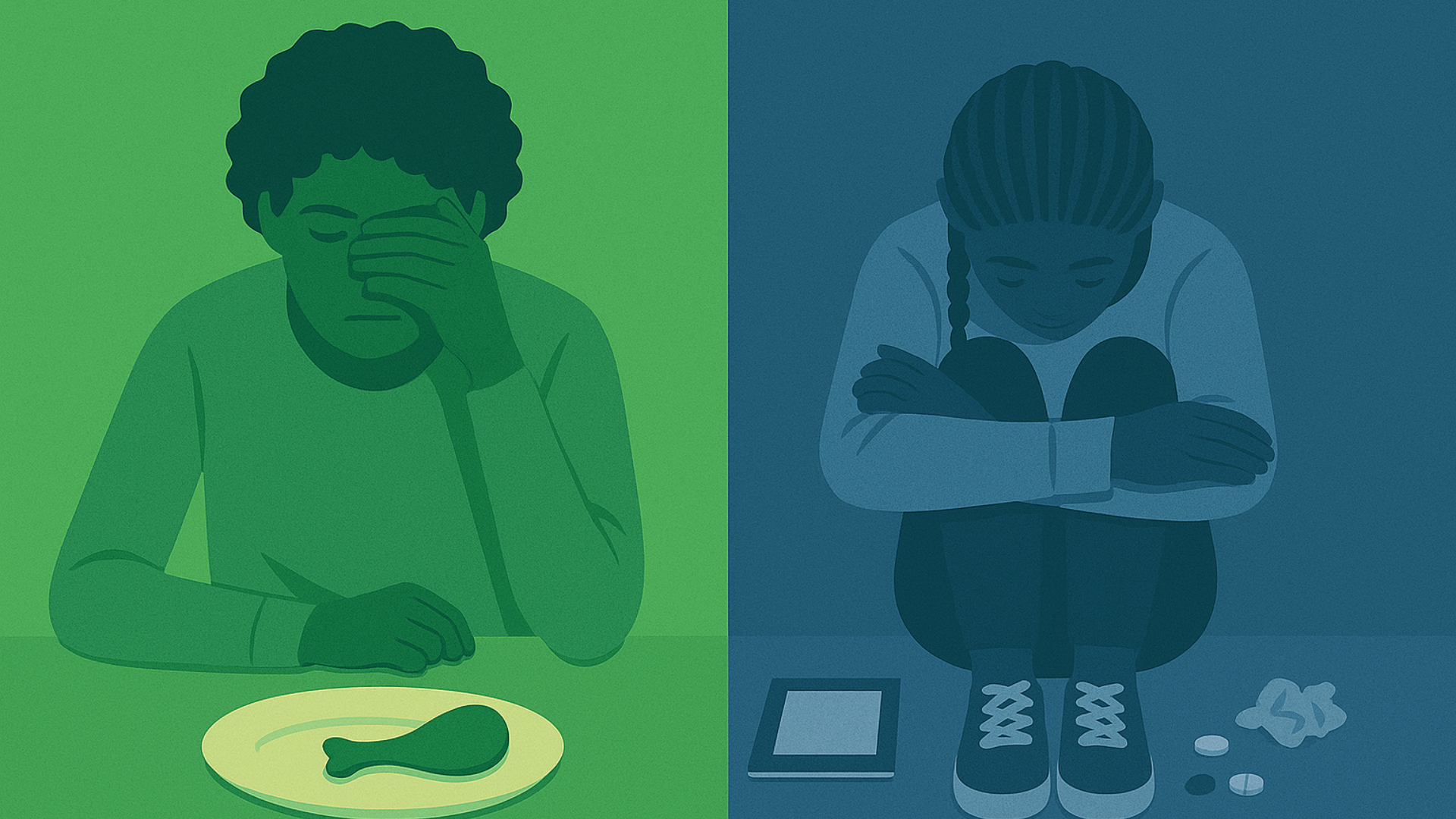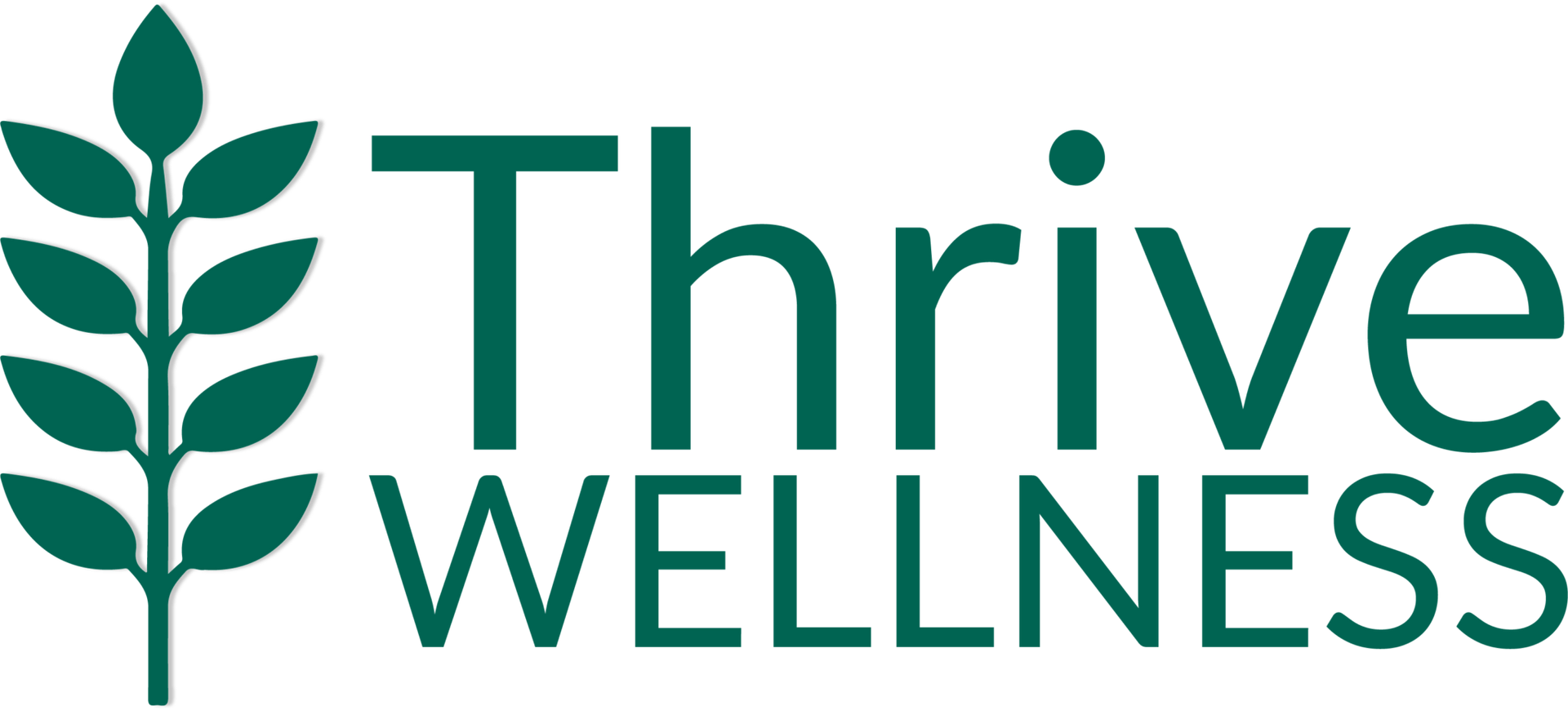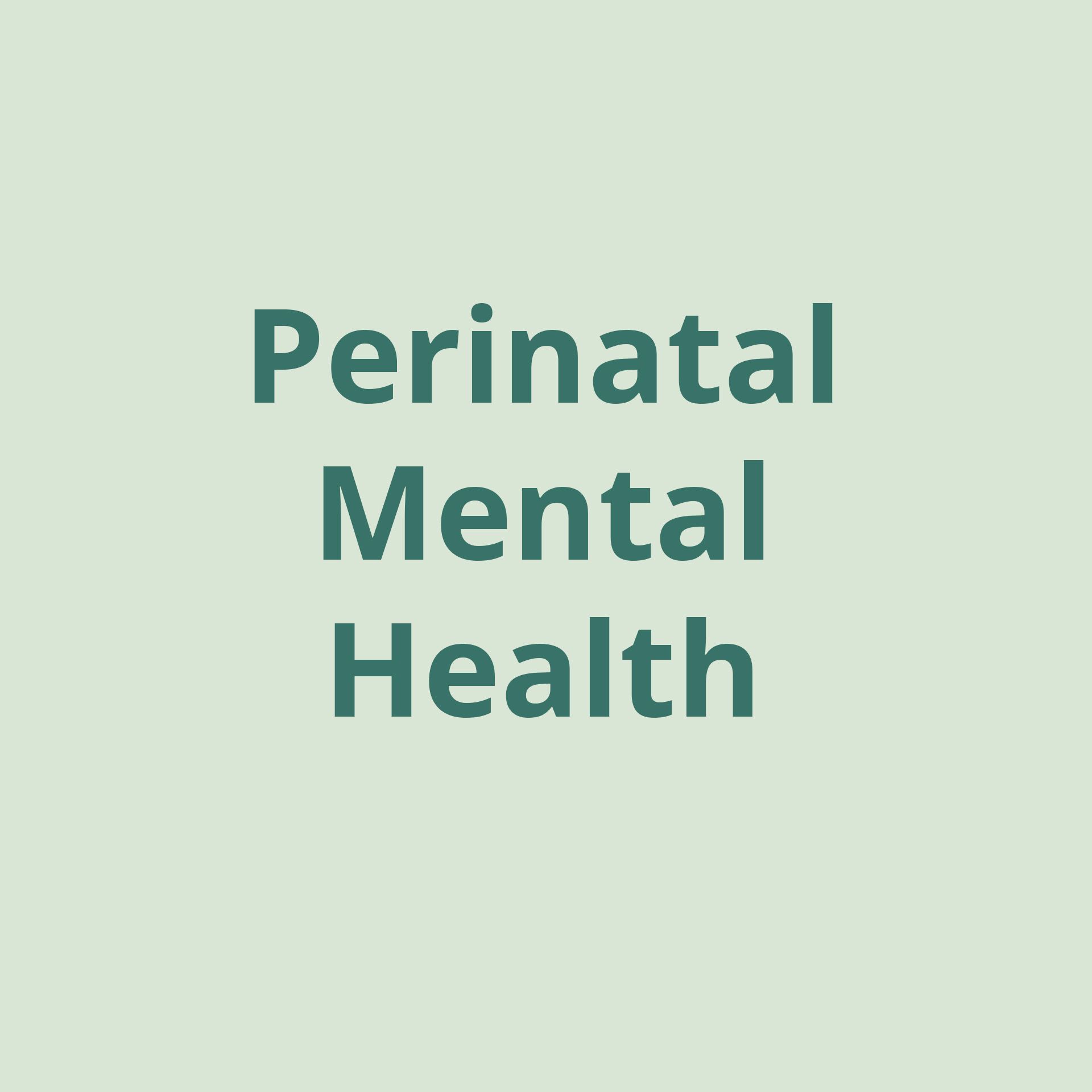Binge Eating Disorder (BED): A Real, Severe, and Treatable Behavioral Health Condition

By Thrive Waco’s Executive Director Erin McGinty Fort, M.S., MHA, LPC-S, CEDS-S
WHAT IS BINGE EATING DISORDER (BED)?
Binge eating disorder (BED) is a type of eating disorder characterized by frequently eating large amounts of food within short periods of time. Individuals with BED may feel a loss of control while binging and afterwards can experience significant feelings of shame, guilt, and distress.
When most people think about an individual with an eating disorder, they envision someone who is young, white, thin, and wealthy. Most media portrayals of eating disorders, such that depicted by Lily Collins in “To the Bone,” reinforce this idea. In fact, many would assume that anorexia is the most common eating disorder in the United States.
However, according to the National Eating Disorders Association (NEDA) , BED is actually the most common type of eating disorder in the United States, and can affect men and women of all ages and sizes. This is important to note because it has become so normal to associate weight and appearance with whether or not someone has an eating disorder. Individuals who struggle with binge eating can be of any weight, shape, or size, and many are at what people would consider to be a “normal” weight. For that reason, it’s helpful to be aware of other signs or symptoms that may indicate someone is struggling with BED.
SIGNS AND SYMPTOMS OF BINGE EATING
- Eating large quantities of food, even if not hungry
- Eating secretively
- Feeling out of control during and/or after a binge episode
- Feeling shame, disgust, or sadness following binges
- Feeling uncomfortably full after eating
- Sometimes individuals will become physically ill after a binge
- Some people will attempt to “get back on track,” or “reset” after binging. For many, this can mean that they return to a cycle of restriction, depriving themselves of foods that they enjoy, compulsive exercise, or other unhealthy behaviors to compensate
- Many people diet frequently and embrace any new fads surrounding eating and weight loss
- Some, but not all, can experience significant fluctuations in their weight
For further insight into signs of eating disorders, you can assess disordered eating behaviors here .
WHAT’S BEHIND BINGE EATING?
Binge eating has many different types of triggers. Some individuals binge out of hunger because they are restricting their food intake throughout the day and simply are not meeting their nutritional needs. Many people cut foods that they enjoy out of their day-to-day intake, yet continue to crave those foods. When people feel deprived of what they enjoy eating, they may end up binging on these foods later on.
Emotions can also play a role in triggering binge eating. Feelings such as stress, anxiety, loneliness, anger, and even joy can trigger someone to binge. Usually, an individual is looking to the food itself or the act of binging to meet some type of emotional need. For example, a person who feels overwhelmed with life’s demands might only find relief from that stress in the midst of a binge episode. Food can also represent comfort and some may use binge eating as a way to self-soothe.
People can also binge eat out of habit. Sometimes, when we are sitting with a client at Thrive and ask them about why they binge, they might say, “I don’t know anymore” or “It’s what I’ve always done.”
No matter what is triggering the binge eating, it is more common than many realize. The behavior is a pattern that people feel a great deal of shame about, which can make it very difficult to seek help without fear of judgment from a medical or mental health provider.
STEPS TO TAKE IF YOU OR A LOVED ONE NEEDS HELP WITH BINGE EATING
Many of our clients have had painful and invalidating experiences with providers who are not educated about eating disorders, especially binge eating. Sometimes, said clinicians will recommend that clients lose weight, which can reinforce the belief that their weight is the issue. Those who are seeking help for themselves or a loved one should turn to providers who are knowledgeable and competent in treating eating disorders. These providers will look beyond weight and appearance to assess the whole person, which is in alignment with the Health at Every Size (HAES) approach .
THRIVE’S APPROACH TO EATING DISORDER TREATMENT
Thrive values a multidisciplinary approach to treating people with eating disorders, and BED is no exception to that. Our teams include therapists, dietitians, psychiatrists, and primary care providers who work together to treat the whole person with compassion, non-judgment, and respect. Our hope is that for our clients who have become afraid to seek medical and mental health care as a result of negative experiences, Thrive offers a reparative experience that clients find nurturing, healing, and empowering.
To learn more about Thrive’s nutritional philosophy and approach to eating disorder treatment, or to start the process of finding help for yourself or someone you love, please reach out.
About the Author
Thrive Waco’s Executive Director Erin McGinty Fort, MS, MHA, LPC-S, CEDS-S
Erin is a licensed professional counselor and supervisor in the state of Texas and has her graduate degrees in both Counseling and Health Administration. She is a Certified Eating Disorder Specialist through the International Association of Eating Disorders Professionals (iaedp), which allows clients to rest assured that they are receiving care from a highly trained, competent, and skilled provider in the area of eating disorders. She is a professional member of both iaedp and the Academy for Eating Disorders. She has specialized training in anxiety disorders, trauma, and perinatal mental health.
She has regularly provided eating disorder training and conference presentations to medical and mental health professionals.
A transplant from the Midwest, Erin has embraced Texas as her home. When not working at Thrive Waco, she enjoys spending time with her husband, daughter, and furry son.
The post Binge Eating Disorder (BED): A Real, Severe, and Treatable Behavioral Health Condition first appeared on Thrive Wellness.








